SUMMARY
This is AI generated summarization, which may have errors. For context, always refer to the full article.
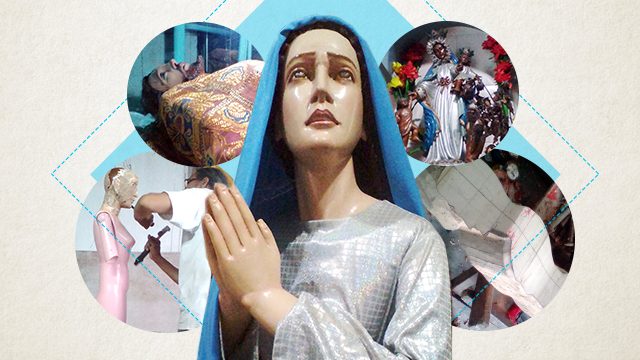
LEGAZPI, Albay – Before, pasos – religious images of saints and other Biblical figures – were handed down to parishioners by priests for caretaking. Now, families can apply at their respective churches to own one or more pasos for Holy Week processions. Once approved, their next step is to look for a paso carver.
In Albay, the father and son Gregorio “Gerry” Vibar and Gregorio “Greg” Vibar Jr are among the most sought-after carvers of these life-size images. They both consider their talent God’s gift, harnessed through their apprenticeship under the local master carver Castro Vibar (Gerry’s father and Greg’s grandfather respectively) and many years of experience.
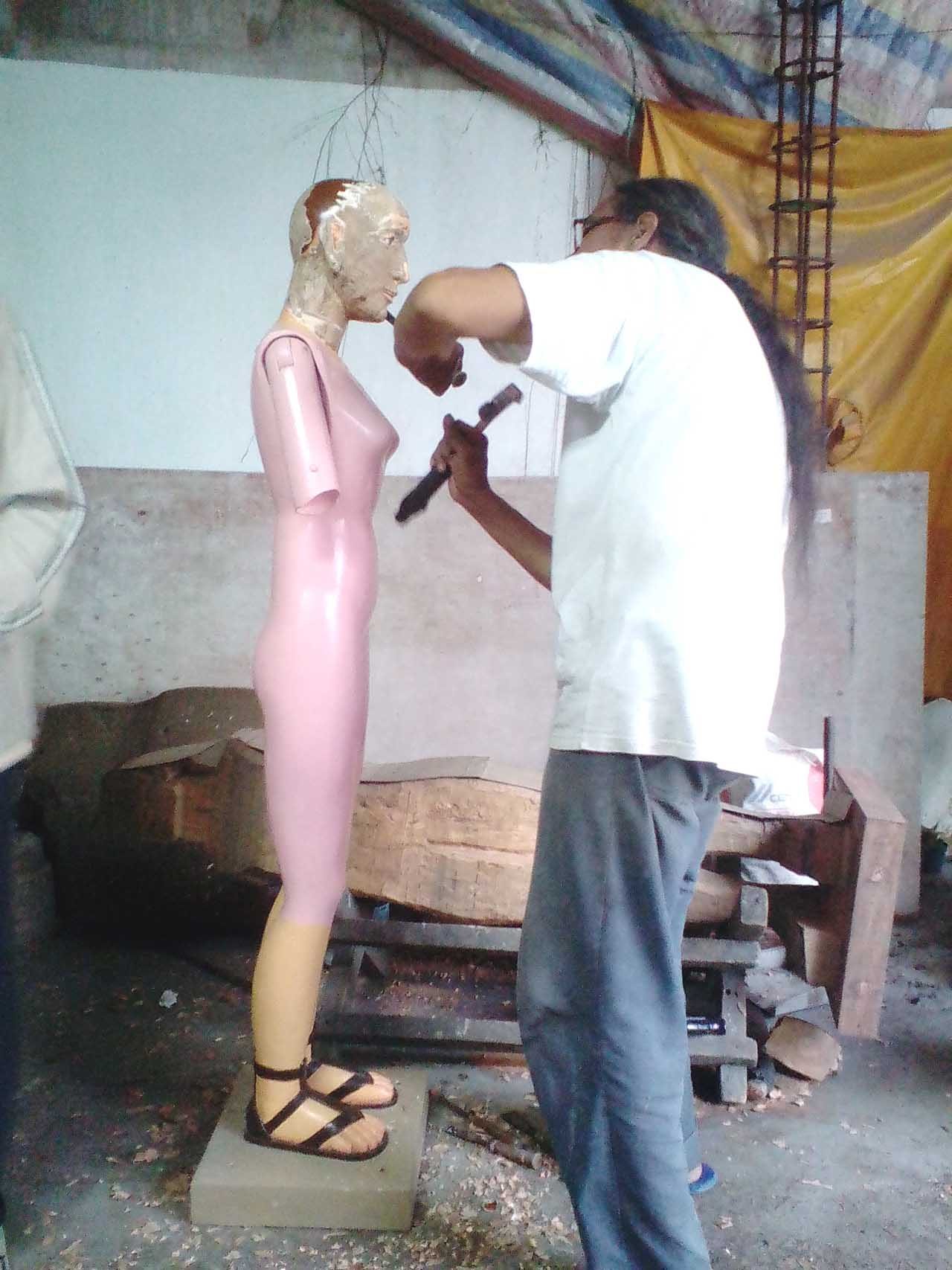
Having made countless images using either wood or cement – from life-sized ones to those that are just inches tall – the Vibars found a method that makes their job easy. They prepare enlarged patterns for their carving project.
“We get the job done fast and save on wood when we start using patterns,” shared Greg. Having projects on queue prompted them to adopt this approach, which begins with a grid method, then taking the enlarged pattern and cutting off excess wood.
Greg was a college drop-out who chose to carve religious images for a living. It was a practical option over college (where he was taking up architecture) because at that time he was already earning from repair jobs.
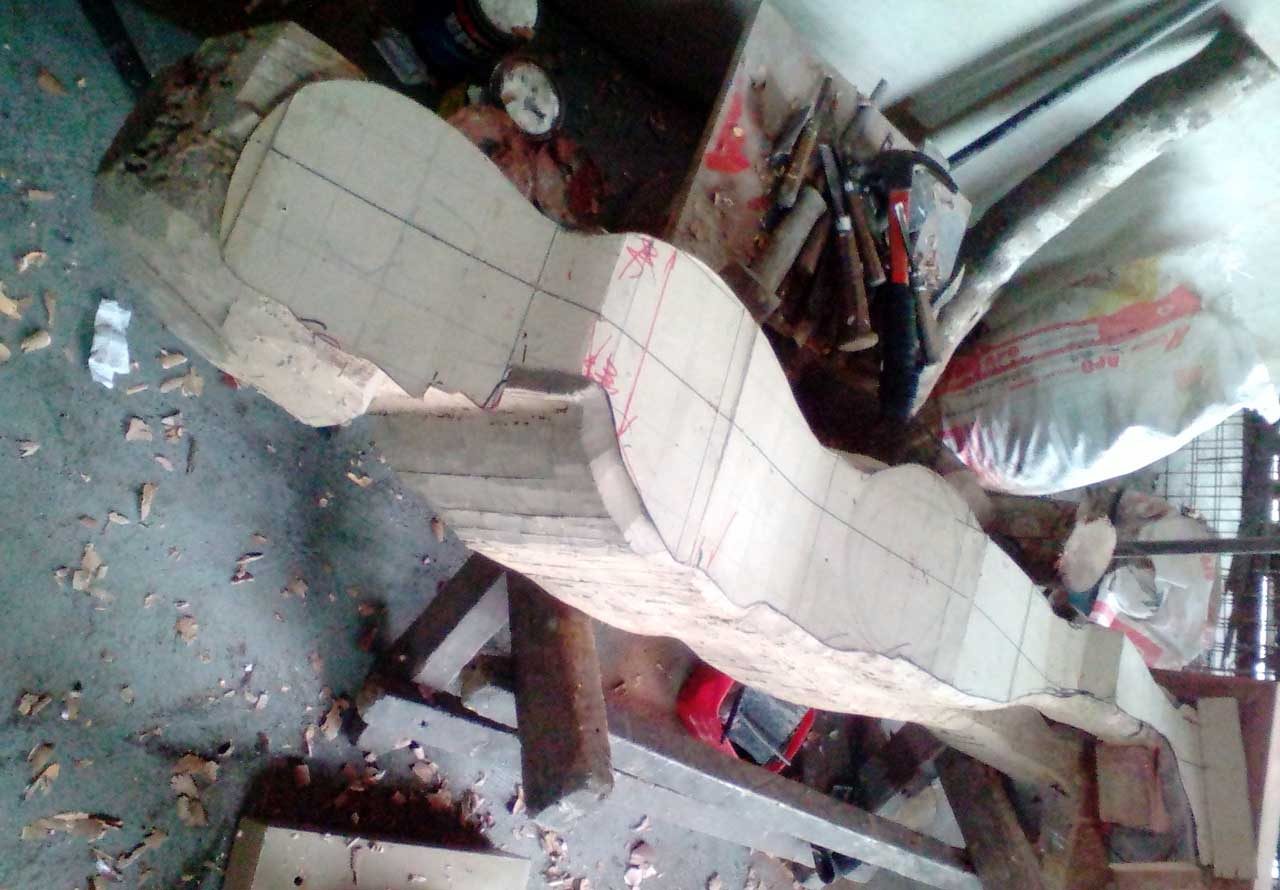
But Greg expressed that “nowadays, life is harder when you don’t have a degree.” So, he discouraged youths from skipping college. He said aspiring youth carvers can do both, but they have to prioritize education.
When it comes to wood, Greg prefers to use santol because it is easy to cut and polish. It is also not infested by pests and fast-growing, making it a sustainable option.
He encouraged paso owners to have separate storage for the carved image. He shared that he once had a client who stored an image along with its clothes and later discovered that moisture had caused the image to deteriorate.
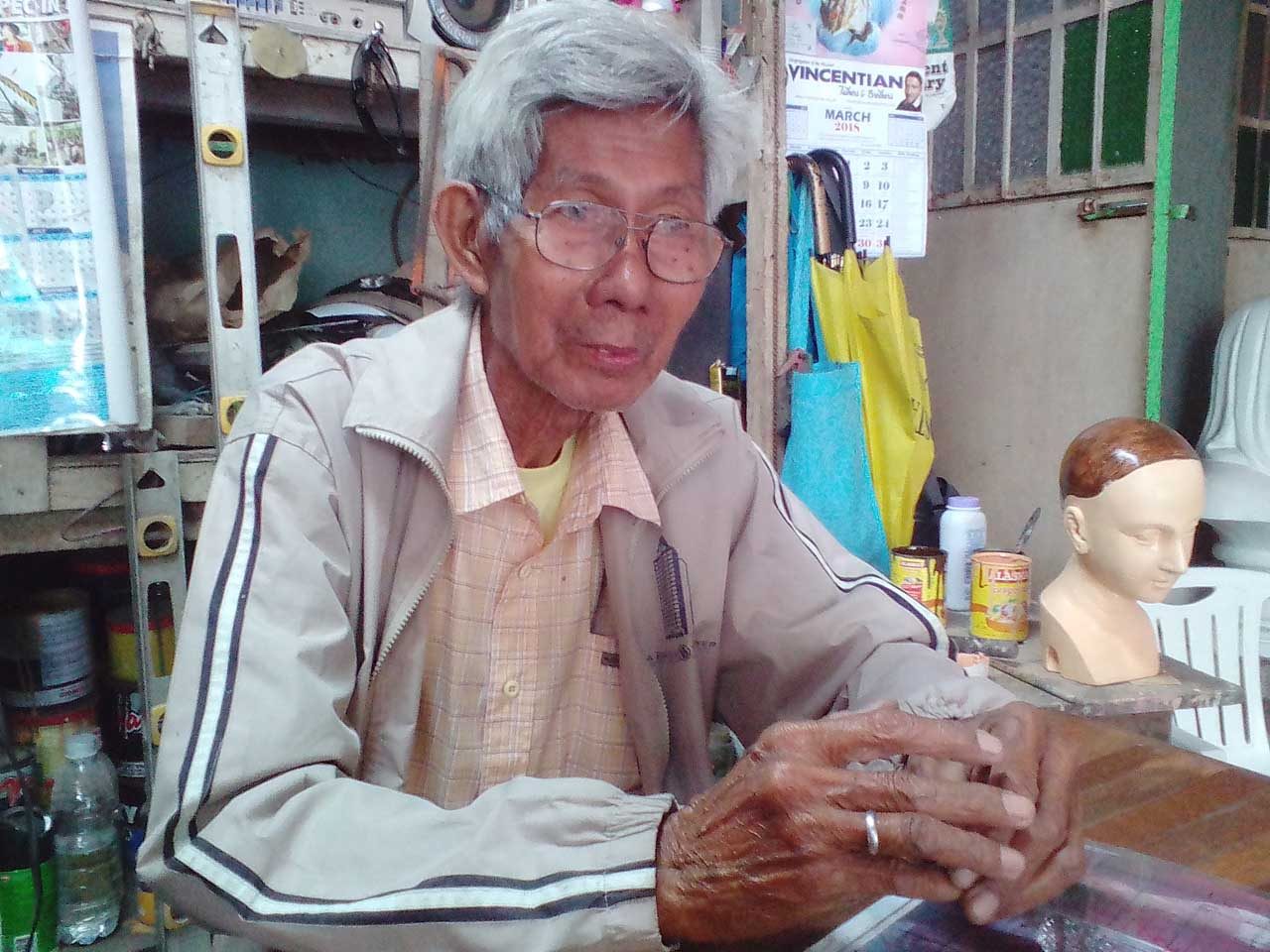
Gerry and Greg agree on their most memorable project: the framed life-size cement sculptures of the Stations of the Cross in Jovellar, Albay. The project is ongoing and scheduled to be completed this summer.
The project – especially the crucifixion – challenges Gerry to do something he has not done before. He said that he figured out how to connect the life-size cement image of Jesus Christ to the cross through a dream, which he believes is the work of the Holy Spirit.
Religious mission
The father and son sculptors also find that carving religious images is an evangelical work, where they get to introduce Biblical characters and saints to those who would ask them about the image they’re working on at their shop.
They also agree with priests that pasos should wear simple clothes during Holy Week processions. Not only will this present their roles accurately but also highlight simplicity and humility, Greg insisted.
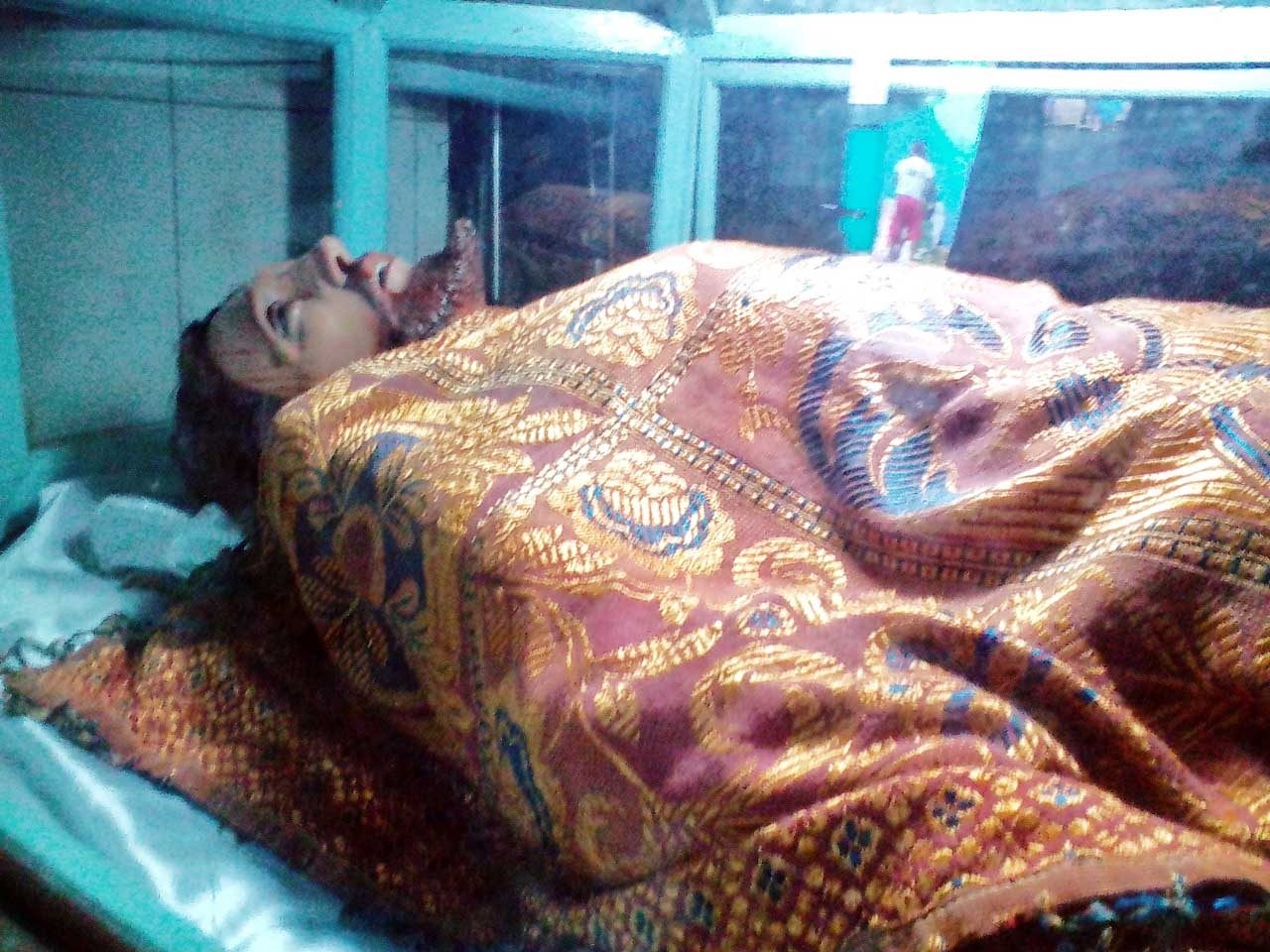
“Mga simpleng tao itong pinili ng Panginoon. Sapat na ang halo para ipakita na ang mga ito ay santo (These are simple people chosen by God. A halo is enough to signify that they are saints),” Greg pointed out.
In his Palm Sunday homily, Father Jose Chavenia Jr, a parish priest in Tiwi, Albay, urged paso owners to keep the attire of pasos simple.
“If only those images could speak, they would tell you that they’re only an addition playing supporting roles,” he said.
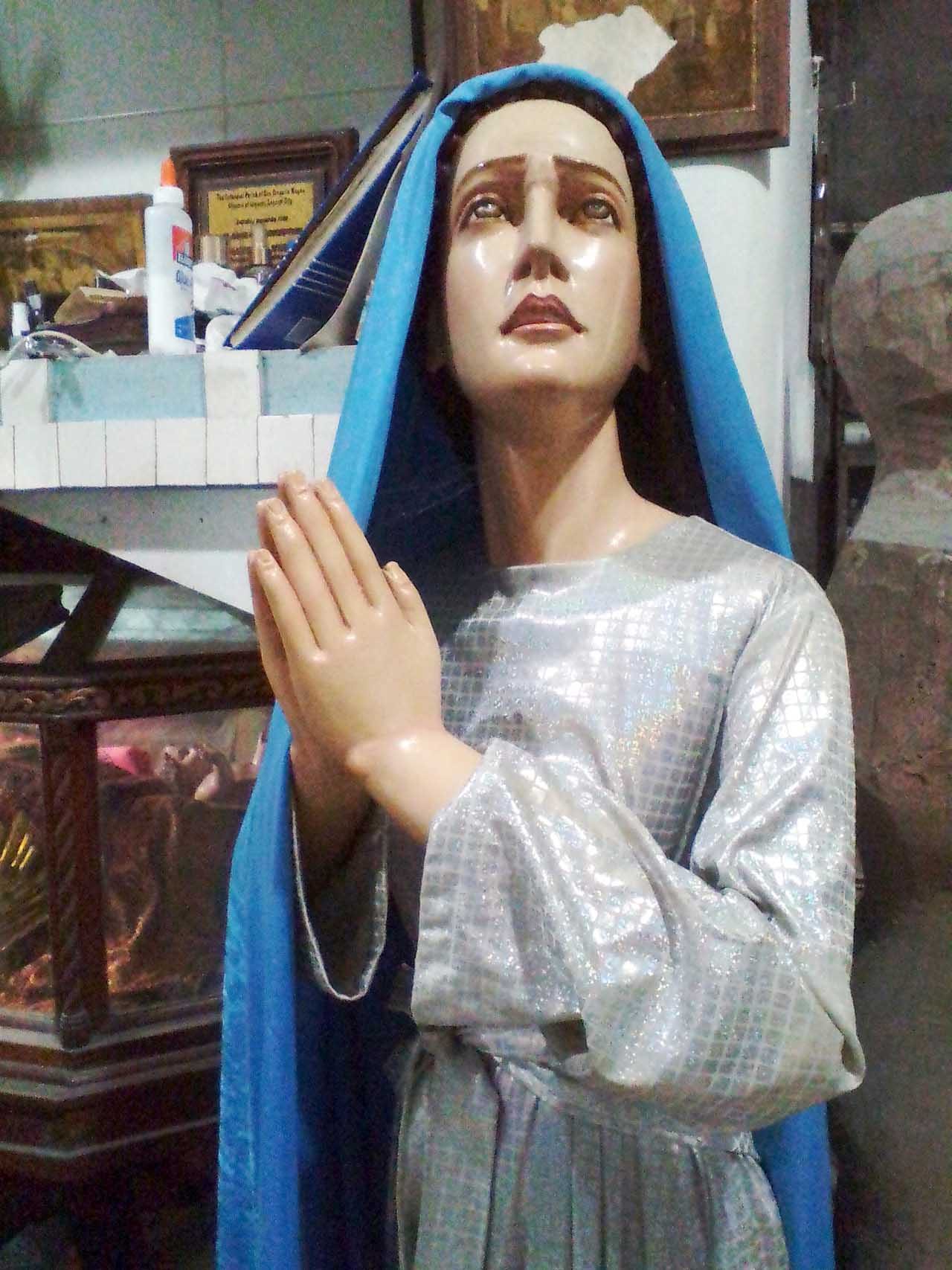
What’s more important during Good Friday, when processions are held, is the adoration of the cross, according to the priest.
Going back to the Vibar carvers, when asked if they would carve other kinds of images, their answer is firm: “No.” – Rappler.com
Add a comment
How does this make you feel?
There are no comments yet. Add your comment to start the conversation.